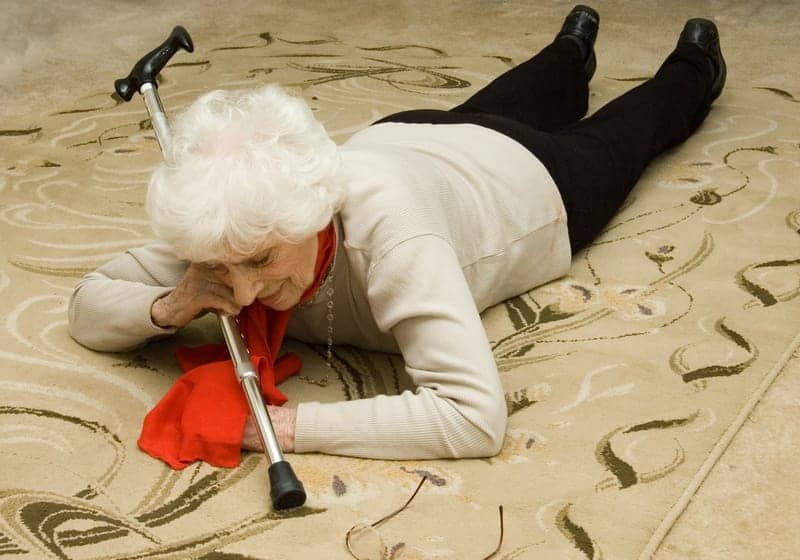Falls are the leading cause of both fatal and nonfatal injuries in the United States for adults ages 65 and older. With 1 in 4 geriatric falls annually, 27,000 deaths, 8 million emergency department (ED) visits, and 800,000 hospitalizations have occurred.
Follow-up after an ED-related fall visit is essential to initiate preventive strategies in these patients who are at very high risk for recurrent falls. Currently, it is unclear how frequently follow-up occurs and whether preventive strategies are implemented.
Researchers from Florida Atlantic University’s Schmidt College of Medicine and collaborators explored this issue by investigating the rate of follow-up by older adults who sustain a fall-related head injury resulting in an ED visit, the rate and type of risk assessment, and adoption of preventive strategies.
Further Reading: Therapist Awarded $1 Million for Fall Prevention Plan Research
The one-year prospective observational study was conducted at two Southeast Florida hospitals with level-one trauma centers and ED volumes of 50,000 and 68,000 patients. For the study, researchers identified 1,527 patients ages 65 and older who suffered a head trauma associated with a ground-level fall.
Researchers followed up with an initial phone call 14 days after discharge from the hospital and asked the following questions: “Have you followed up with your primary care physician (PCP) since being discharged from the hospital?,” “Did your PCP assess the reason that you fell?,” and “Have you or your PCP started any interventions since your original ED/hospital discharge?”
If participants answered “yes” to starting any interventions, recommendations for specific interventions were categorized into types based on exercise activity, home modification, physical therapy/occupational therapy/rehabilitation, mobility aid, medication change, health aid, medical intervention, and footwear modification. Clinical and demographic characteristics were compared between patients with and without follow-up.
Results of the study, published in the American Journal of Emergency Medicine, showed that only about 60% of ED patients with fall-related head injury followed up with their PCP, while 72% received a fall assessment and only 56% adopted a fall prevention strategy. Participants with PCP follow-up were significantly more likely to have a history of cancer or hypertension. Findings indicate an urgent need to promote PCP physician fall assessment and adoption of prevention strategies in these patients.
“We found that older patients treated in the emergency department for a fall-related head injury have suboptimal primary care physician follow-up and inadequate adoption of fall prevention strategies,” says Richard Shih, MD, senior author and a professor of emergency medicine in FAU’s Schmidt College of Medicine. “Only 59% of our study subjects had follow-up with their provider. Of the patients in our study that had primary care physician follow-up, 28% reported that there was no fall-risk assessment and 44% did not receive fall prevention interventions.”
Findings also show that when a PCP institutes a fall-prevention intervention, physical therapy is the most common (68%).
“When referred to physical therapy, patients may be more likely to adopt fall prevention interventions and home safety modifications that have been shown to reduce recurrent fall, hospitalization, and mortality,” says Shih. “Given the importance of fall prevention in this high-risk group, we strongly endorse that fall-risk assessment and patient education [be] performed in the emergency department or by the primary care physician. The physician follow-up should include fall-risk assessment and initiation of any appropriate interventions to prevent subsequent falls and fall-related injury.”





